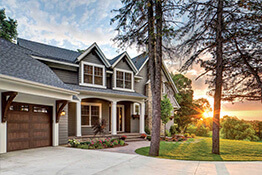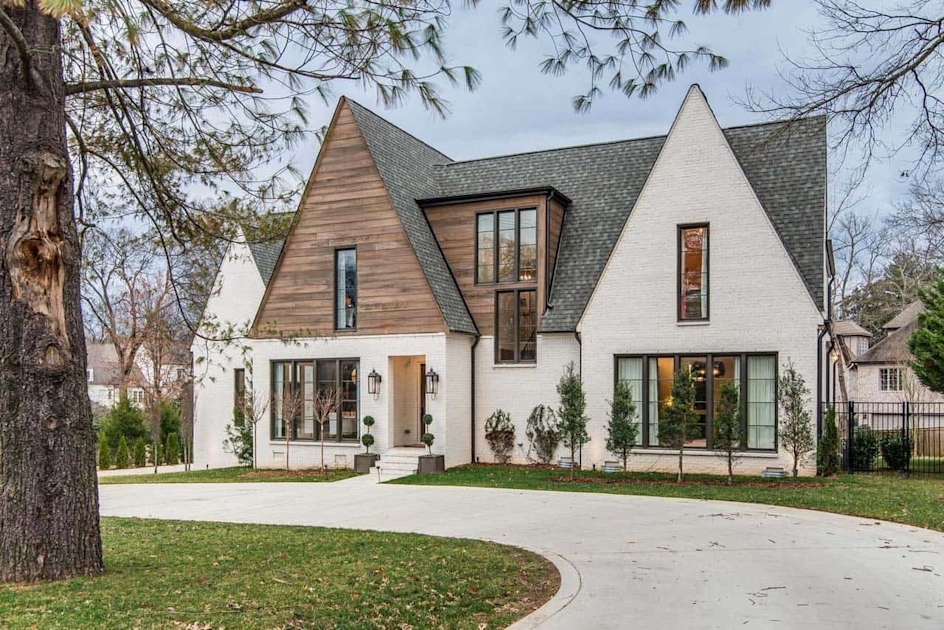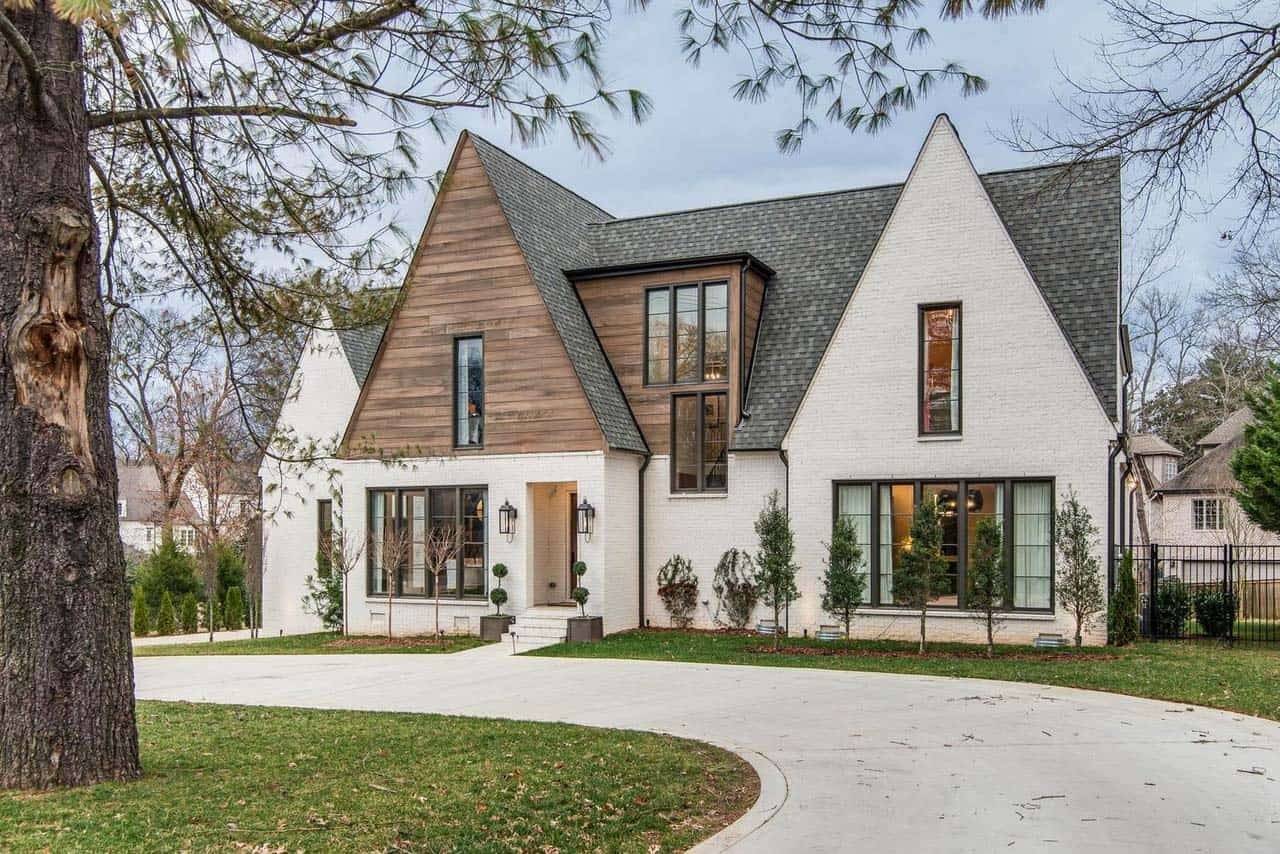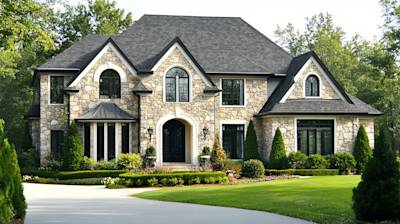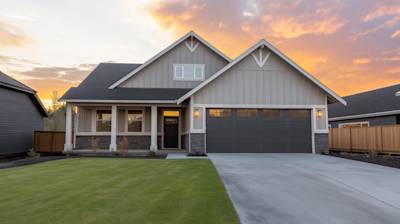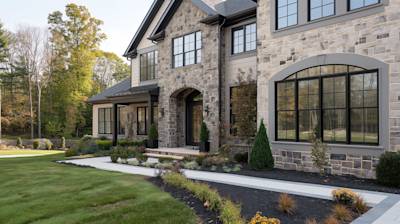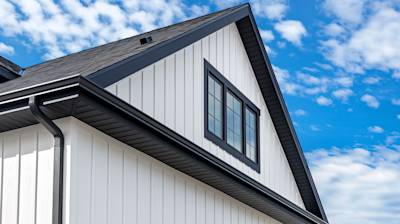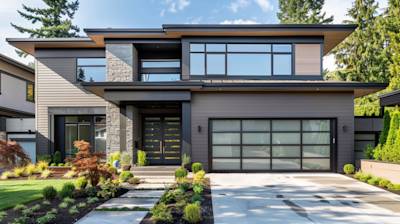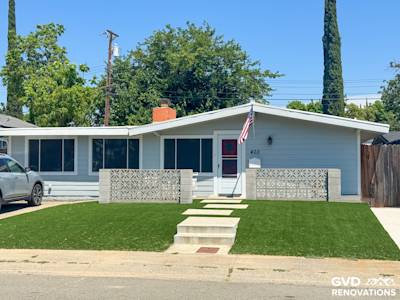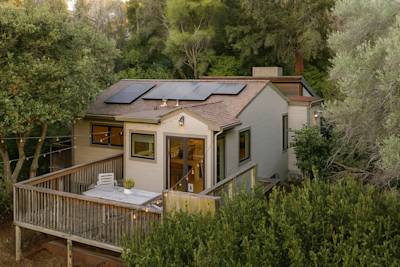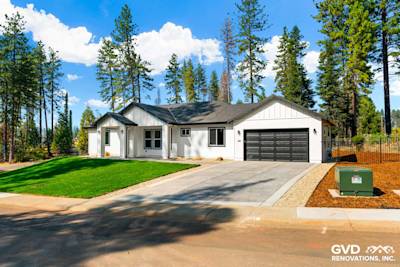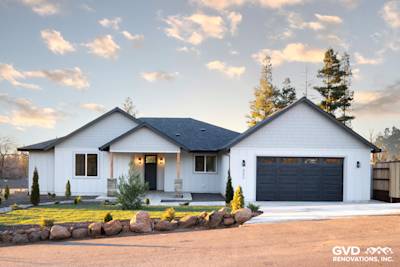If you are seeking a stylish, functional, and high-quality exterior siding option for your home, exterior shiplap siding may be the perfect choice. This type of siding, known for its durability, beauty, and versatile aesthetic appeal, is gaining increasing attention from homeowners and contractors alike. In this blog post, we'll delve deeper into what exterior shiplap siding is, its various types, installation process, maintenance requirements, and costs, so you can make an informed choice.
Understanding the Basics of Exterior Shiplap Siding
Exterior shiplap siding is a type of wooden siding characterized by its distinctive design. Shiplap boards have unique rabbet joints on the top and bottom that lock together, creating a tight seal. This interlocking design helps to shield the home from harsh weather conditions and offers a unique aesthetic appeal. While commonly used on the exteriors, shiplap siding can also be an exciting and richly textured addition to interior spaces.
Choices in Exterior Shiplap Siding Materials
Exterior shiplap siding is available in a range of material options. Here are a few popular choices:
- Pine: Known for its quality and affordability, pine is a popular choice for exterior shiplap siding due to its appealing grains and versatility. Pine shiplap is also easy to paint or stain, offering you an opportunity for customization.
- Cedar: This type of wood is known for its natural beauty and resistance to decay and insects, making it a preferred choice for outdoor use. Although a slightly expensive option, cedar shiplap siding offers value for money in terms of durability and low maintenance.
- Composite: Made from a mix of wood pulp and plastic, composite shiplap siding is easy to install, rot-resistant, and requires less maintenance than traditional wood sidings. It also retains paint well, offering a wide array of colors to choose from.
Installing Exterior Shiplap Siding
The process of installing shiplap siding involves cutting the boards to the correct lengths, painting or staining them, and then fitting the boards onto the exterior walls of the house. This step-by-step process requires some level of expertise, which is usually best left to professionals. Do remember that the installation process also includes proper insulation, weatherproofing, and sealing to protect your home from weather and moisture damage for years to come.
Key Considerations in Installation
- Surface Preparation: Always ensure that the wall is free of dust and moisture before the installation process begins.
- Insulation: Effective insulation can strengthen the energy efficiency of your home and must be done before installing the shiplap siding.
- Panel Alignment: Precision is crucial for aligning the panels correctly; any erroneous placement may compromise the aesthetic appeal and overall installation.
Maintenance of Exterior Shiplap Siding
While shiplap siding is relatively low maintenance, regular upkeep can ensure its longevity and retain its beauty over time. Regular cleaning, prompt repair of any damage, and periodic repainting or re-staining can contribute to its lifespan.
Regular Cleaning
Dirt, grime, and mold can accumulate over time on the siding. Regular cleaning using a solution of mild detergent and warm water can maintain the appearance and prolong the life of your shiplap siding.
Painting or Staining
Depending on the material used, shiplap sidings may require repainting or re-staining every 5-10 years. It helps to maintain the vibrancy of the color and offers added protection against weather elements.
Cost of Exterior Shiplap Siding
The cost of shiplap siding can vary based on the type of material chosen, the size of the house, and labor charges. On average, the cost of materials range from $2.50 to $7.00 per square foot, while professional installation charges can vary between $1.00 and $5.00 per square foot. Also, keep in mind that maintenance costs can accrue over time, and should be considered when factoring in the cost of shiplap siding.
In conclusion, exterior shiplap siding has a lot to offer in terms of durability, aesthetic appeal, and versatility. It’s a worthy investment that can elevate the look of your home while offering exceptional weather protection. Always choose the right materials and professionals for installation to get the most of what exterior shiplap siding can deliver.
Frequently Asked Questions about Exterior Shiplap Siding
Why should I consider choosing exterior shiplap siding for my home?
Exterior shiplap siding is popular due to its ability to provide a smooth and appealing finish that fits a variety of design aesthetics, from modern to rustic. It's a classic style, yet versatile enough to fit into any home exterior theme.
What types of material is exterior shiplap siding usually made from?
Exterior shiplap siding is typically crafted from a variety of materials. Some popular options include wood, vinyl, and fiber cement. The choice of material often depends on the weather conditions of the locale, personal aesthetic preferences, and budget.
What maintenance is required for exterior shiplap siding?
The maintenance required for exterior shiplap siding largely depends on the material it's made from. Wood siding might require regular treatment to prevent rot and insect damage, while vinyl and fiber cement will typically need less maintenance, such as regular cleaning to remove dust and dirt.
Is it possible to install exterior shiplap siding myself?
While it is possible to install exterior shiplap siding yourself, it can be a complex task and if not properly done, it may impact the longevity and performance of the siding. As such, unless you're an experienced DIYer, it is generally recommended to hire a professional to ensure a well-done and durable installation.
How do weather conditions affect exterior shiplap siding?
Exterior shiplap siding is designed to withstand a variety of weather conditions but some materials may be more resistant than others. For example, fiber cement and vinyl can hold up well against extreme temperature changes, moisture, and sunlight, while wood may need more maintenance to keep it from warping, cracking, or rotting in severe conditions.
Can exterior shiplap siding be painted?
Yes, most exterior shiplap siding can be painted. However, the procedure varies based on the type of material. For example, wood siding should be primed before painting, while vinyl siding may need a specific type of paint for adherence.
How long does exterior shiplap siding typically last?
The durability of exterior shiplap siding depends on a few factors including the quality of the materials used, the installation process, and how well it's maintained. However, if well cared for, it can last for many years. For instance, vinyl can last up to 40 years, fiber cement up to 50 years, and treated wood can last even longer.
How does exterior shiplap siding contribute to the insulation of my home?
Exterior shiplap siding can contribute to the insulation of your home by creating an additional barrier against external temperature changes. This added layer can help keep your home cooler in summer and warmer in winter, potentially reducing energy costs as well.
Pros and Cons of Exterior Shiplap Siding
Pros of Exterior Shiplap Siding
Visual Appeal
One of the main advantages of exterior shiplap siding is its aesthetic appeal. Shiplap siding offers an authentic, rustic look that brings character to your home's exterior. It presents a smooth, clean line that blends well with various architectural styles, making it an excellent choice for homeowners who want to enhance their property's curb appeal.
Easy Installation
Compared to other types of exterior siding, shiplap siding is often straightforward and fast to install. This is because shiplap panels are designed to fit together tightly, with one edge overlapping the other, eliminating the need for complex cutting or fitting techniques.
- The installation of exterior shiplap siding can effectively reduce labor time and costs. - A typical install involves nailing the shiplap panels to the home's frame or sheathing. - This simplicity often makes shiplap a favorable choice for DIY enthusiasts.
Versatility
Exterior shiplap siding provides a versatile design option. You can paint or stain it to match your desired color scheme or leave it as natural wood to create a more rustic appearance. In addition, horizontal, vertical, or diagonal installation styles enable even greater control over the final look of the siding.
Durability
When correctly installed and maintained, exterior shiplap siding can last for many years. It is usually made from durable materials like hardwood, cedar or pine, which are known for their resilience and longevity. This siding can withstand severe weather conditions, including strong winds, heavy rain, and even snow.
Cons of Exterior Shiplap Siding
Cost
One of the significant drawbacks to exterior shiplap siding is the cost. Shiplap wood can be expensive, especially when compared to options like vinyl or aluminum. The installation, though more straightforward than other types, can also add to the overall cost if you choose to hire a professional.
- Certain types of wood, such as cedar and hardwood varieties, tend to be more expensive.
- Additional costs might include painting or staining, which need to be maintained regularly.
Maintenance
Exterior shiplap siding, especially wood-based varieties, requires a certain degree of maintenance to keep it looking fresh and to prolong its lifespan. This can include regular painting or staining to protect the wood from the elements and to prevent deterioration from moisture or pests.
- With time, exterior shiplap siding may also require sanding or replacement of damaged planks. - This level of maintenance means ongoing care and expense for your siding.
Moisture Issues
Unlike some other types of siding, exterior shiplap siding can be susceptible to water damage. If water gets behind the shiplap siding, it can cause the wood to rot or warp. Therefore, it's essential to ensure your siding is properly installed and sealed to prevent any potential moisture issues.
Not Ideal for Every Climate
Last but not least, while exterior shiplap siding has many advantages, it might not be the best choice for all climates. Areas with high-termite activity or extreme weather fluctuations can lead to damage, requiring more frequent upkeep and potential replacement. It's important to consider your local weather conditions carefully before deciding on shiplap siding for your home.
Summary
Exterior shiplap siding is ideal for those who want a cozy, yet modern look for their homes. It doesn't just add aesthetic appeal, but also a considerable amount of protection to the structure it covers. Whether you're after a classic rustic theme or a sleek contemporary design, this type of siding got you covered, literally and figuratively!
With exterior shiplap siding, the worry about your home’s protection against harsh weather conditions is over. It’s an investment worth every penny, not only for its top-notch quality but for its timeless beauty as well. With proper installation and maintenance, homeowners can enjoy the charm it brings for years to come.
You can’t go wrong with exterior shiplap siding. It's a versatile material that complements any architectural style. So, whether you're redesigning, constructing, or just considering a home upgrade, this siding offers benefits that go beyond what's visible to the naked eye. Try it, and you'll see the difference.
About GVD Renovations & Remodeling
Welcome to GVD Renovations & Remodeling, a premier home renovation company based in Sacramento, CA. Since inception, we’ve built a rock-solid reputation based on top-notch craftsmanship, quality materials and a wholehearted commitment to making every renovation dream a reality! Our specialty? Whole-home renovations, kitchen transformations, bathroom remodels, siding installations, window replacements - You name it, we’ll make it happen - all while ensuring exceptional service. Let’s introduce you to a stress-free remodeling experience!
This article is for general information only and not professional advice. Always consult a licensed contractor before making project decisions. Product details, specifications, or warranties may have changed since publication. Brand and product mentions reflect opinion, not endorsements or guarantees.
Tags: Exterior Shiplap Siding, Home Improvement, Exterior Design,
